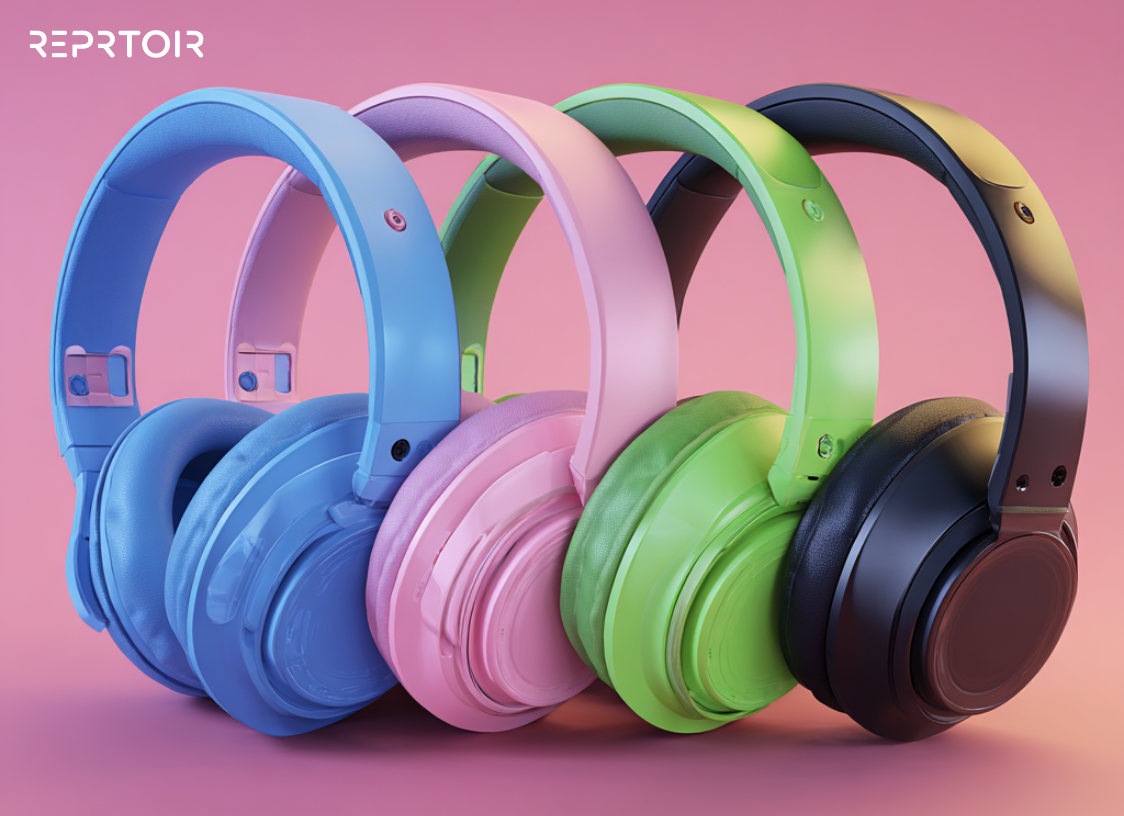In the current context, the music industry is adapting to virtual work and, for some, to hybrid models. This is a global trend: remote work is necessary, and will in the end be mixed with going back to offices and recording studios.
Despite a clear progress in our methods in music, the pandemic continues to present many challenges for the industry. For one, we need human connection. When it comes to recorded music, no human connection means real difficulties to get promoted, push new artists forward and strategies to reinvent for releases.
We had been struggling with the same obstacles and decided to adapt to socially distant work by building a Software solution that allows coworkers in the music industry to work from home together, on the same database, updated in real-time, from anywhere. Here is why we call it a long lasting trend.
New events and livestream
Online events in the music industry soldier on and continue to pick up the pieces. And I’m not only talking about live music, but also our industry’s professional events. For example, SXSW already announced their 2021 edition will be digital, for both convention and concerts. Livestream is now part of every major music industry’s events, and it appears that organizers have a way better grip on the matter now.
But it’s not the only way to keep having those necessary events. Innovation also comes in physical: The drive-in concert is becoming a thing. A big thing. And the two perfectly! Livestreamed events, like the Garth Brooks concert that was shown at 300 drive-ins around the country are happening every night in cities around the world. On 15 acres in Dickson City, Pennsylvania, The Circle Drive-In featured the Garth Brooks livestream concert and more recently allowed widely separated cars, for $199 each, to drive-in for a live concert by Aaron Lewis.
According to Dr. Joseph Calabro, who manages “The Circle,” people were apprehensive at first. But that changed after a couple of weeks. “You could see the relaxation of the wrinkles in the corners of the parents’ eyes, and the eyes of the children would go up in a smile,” Dr. Calabro recently told the New York Times. “I felt really good. It was a bit of a relief valve.”
Billboard has rounded up a list of other drive-in concerts across the US, this is still a work in progress and a lot still has to be figured out, depending on levels in different countries.
Content Trends: Optimizing Production and Proximity
Many feel the industry is reaching an innovation plateau when it comes to the experience of livestreaming music. As a result, artists are taking steps to overcome this inertia and take risks as they create content for livestreaming. Two examples of this include:
- Improving production quality to maintain the attention of livestream viewers since those viewers are likely to have several other distractions at their fingertips at any given moment.
- Deepening the content’s intimacy. By providing proximity to the artist that isn’t possible with an in-person show, artists are working to overcome the community engagement that is missing from live events.
Looking Toward a Brighter Future
Another typical trait of the music industry, even more present now, is the fact that everyone is keeping an eye on the future. At least that’s what Marc Geiger, an executive renowned for spotting music business trends, is doing.
During an Iff Keynote address, Geiger recently compared the current coronavirus pandemic to the Spanish flu which caused havoc from 1918 to 20. Geiger talked about The Roaring Twenties occurring after people at that time had spent years cooped up at home: “I think 2022” – his estimate for when COVID-19 will subside – “will give way to a second Roaring Twenties.”
Geiger urged musicians to do whatever they can to be ready to act when social distancing is behind us. “Everyone who’s suffering right now, if you can hold on … the bumper crop will be significant,” he urged. “Figure out how to bridge your way until the industry comes back.”.
Even if hoping for the exact same world and work methods from before seems unpredictable, there is some truth: we have to adapt to the accelerated digital transformation of the music industry. It is not the time to get to a full stop, but rather to experiment with all innovations at our disposal and get ready for the next part. So keep networking and finding ways to persevere while working remotely with your teams. Reprtoir is helping record labels and music publishers do just that.
Helping the Music Industry with Socially Distanced Work
All of this means being able to promptly react to any potential operation: having the possibility to release music easily, making sure royalty accounting keeps up with all the challenges livestream implies, managing musical works… That’s why we built Reprtoir, as a team that has worked remotely for several years, to stay as productive as possible.
Have any tips or productivity hacks you think we should know about? Shoot us a message.
Want to learn more about how Reprtoir can help your team work from home? Click here for a free demo!











